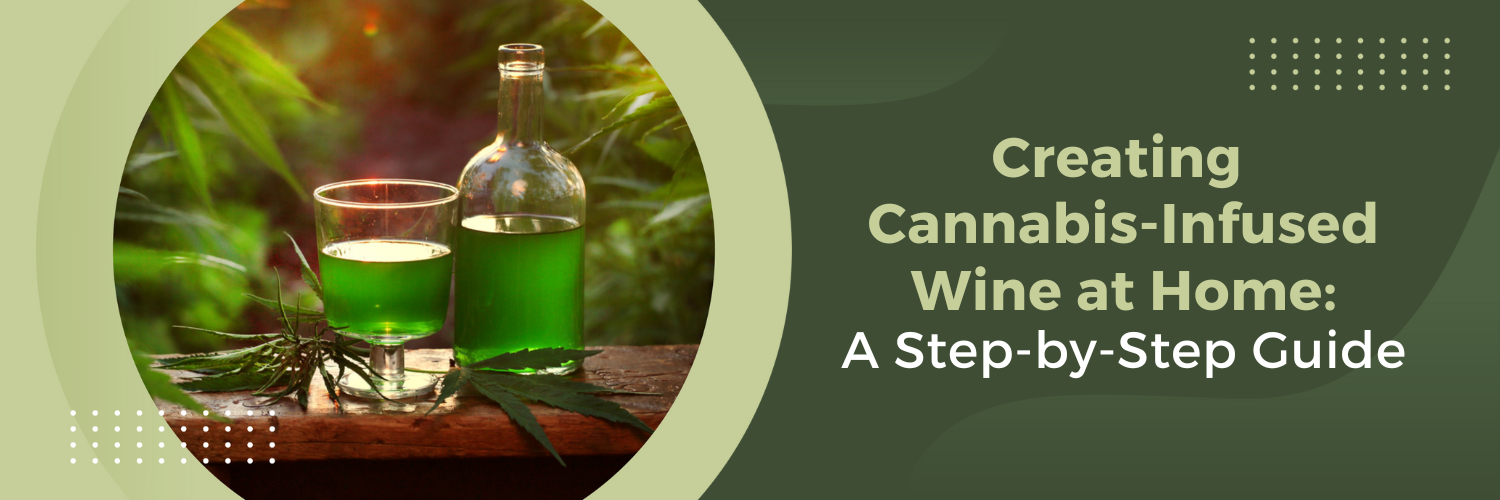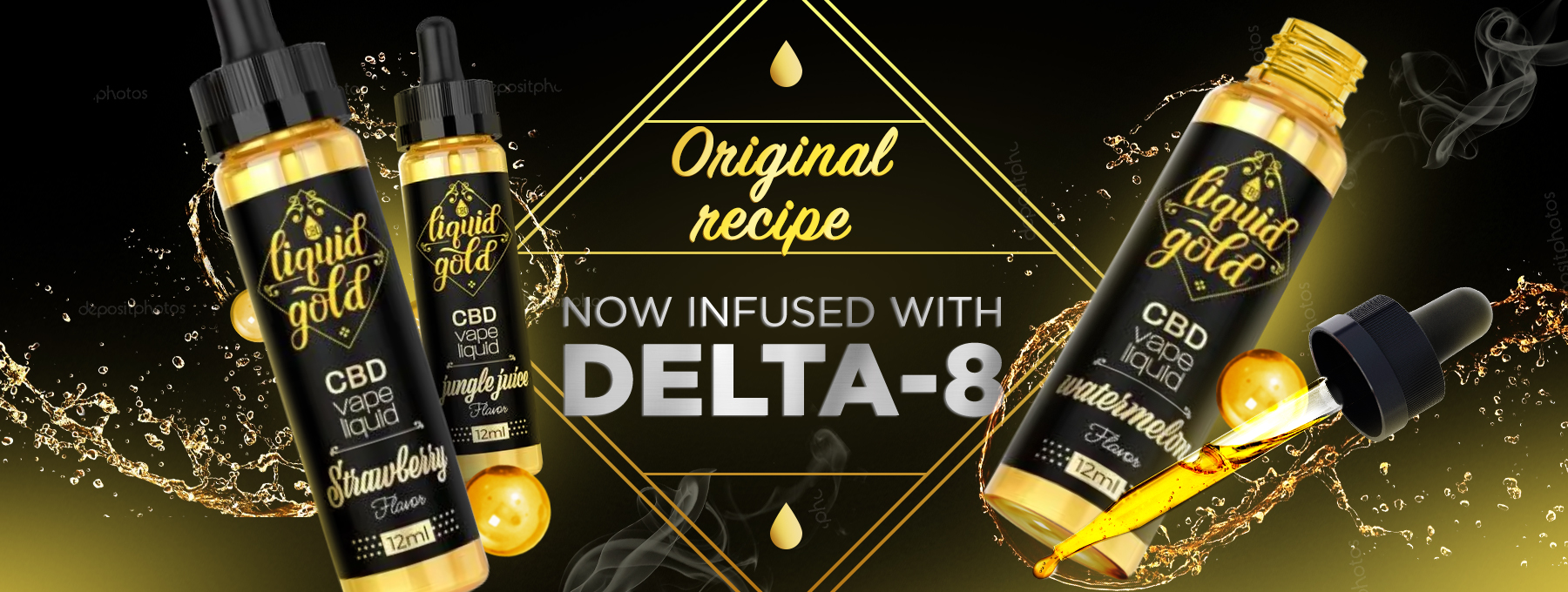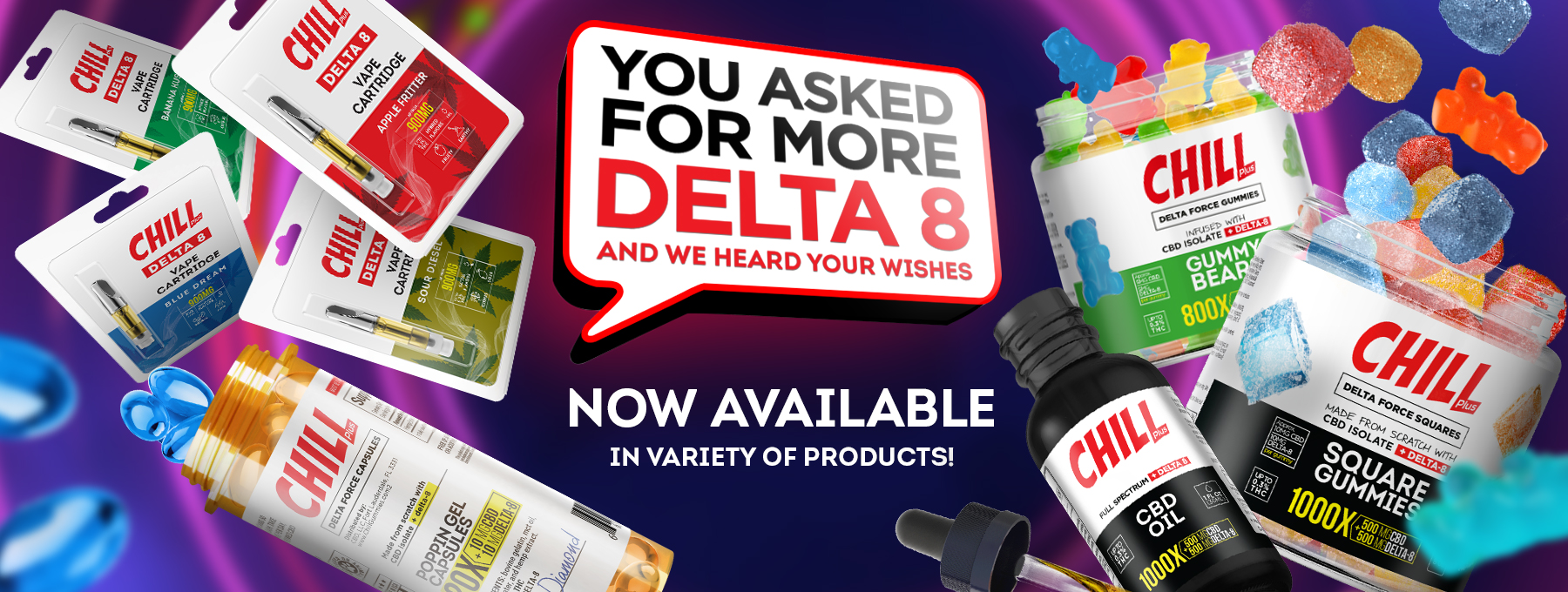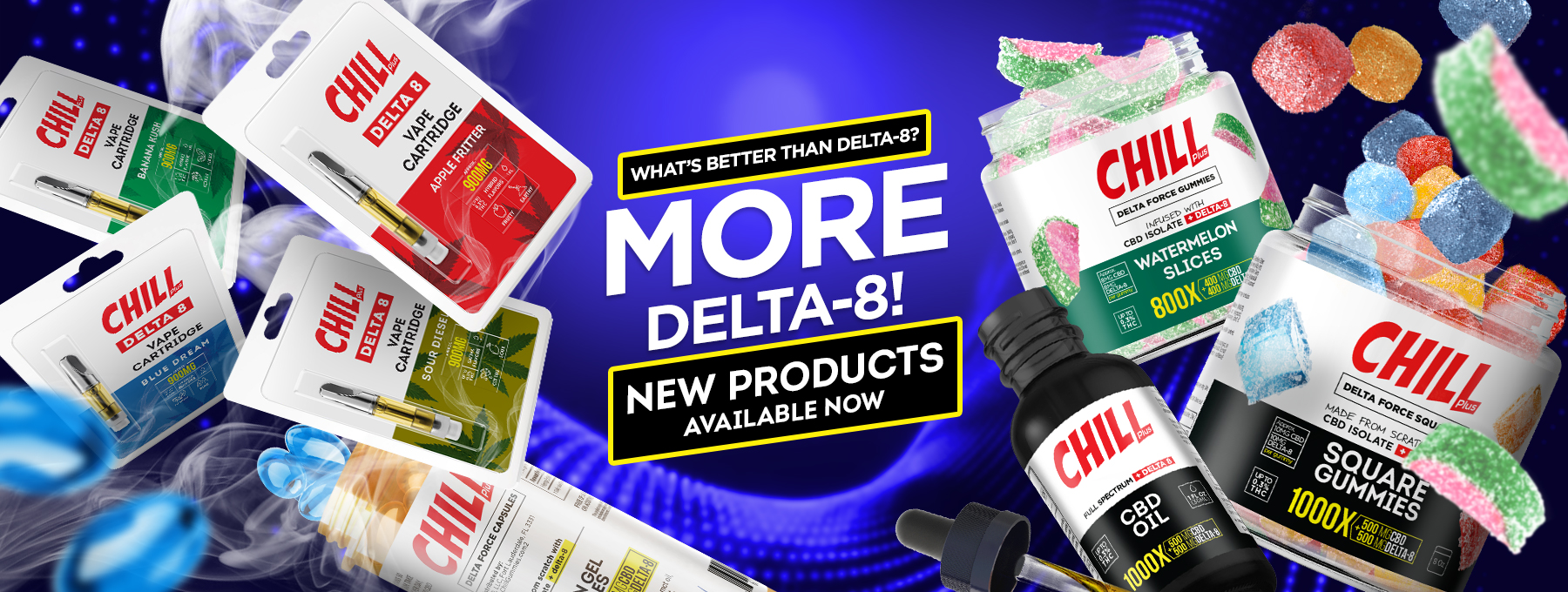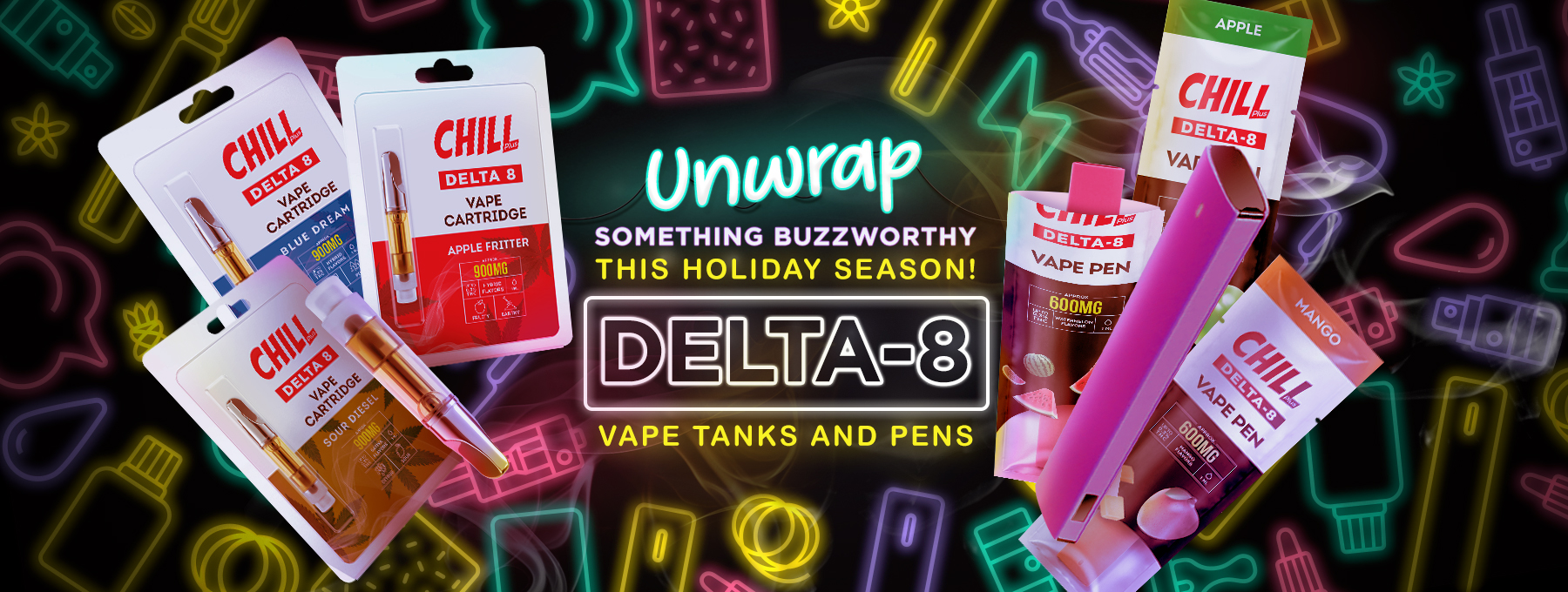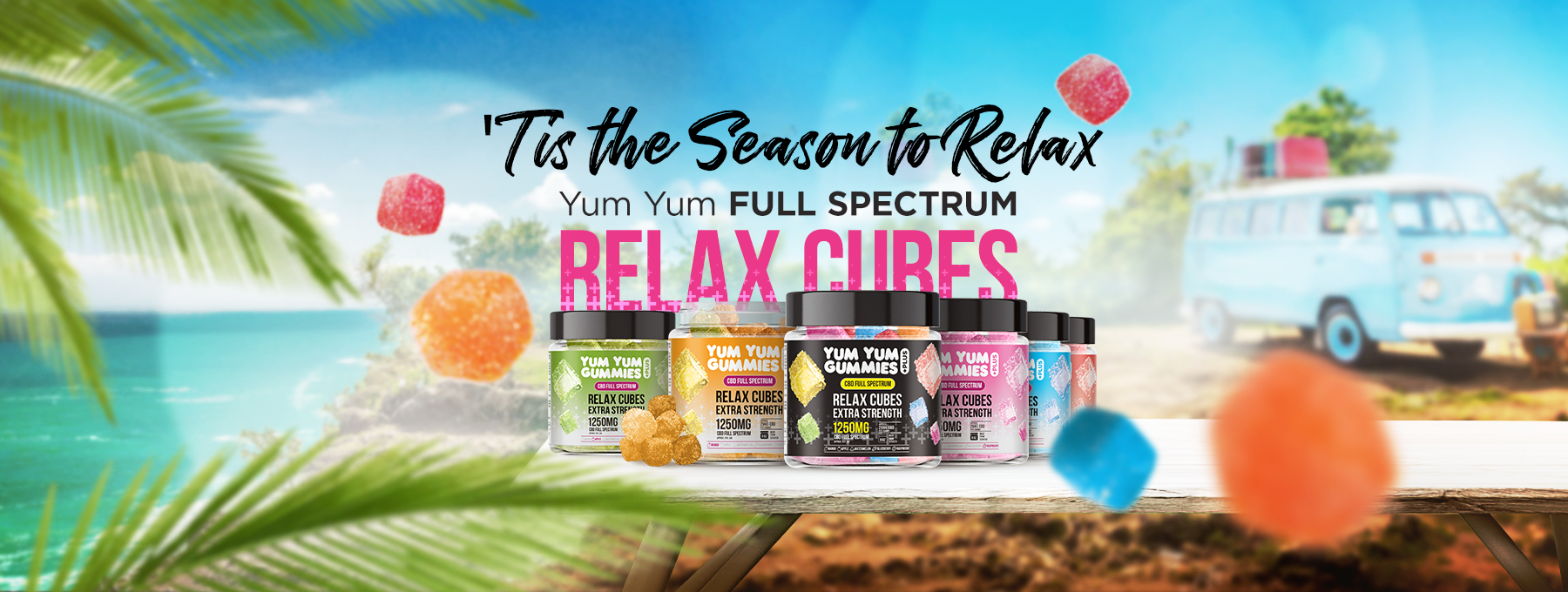Cannabis Infusion
Ever thought about combining cannabis and wine? It’s a thing! In this easy guide, we’ll show you how to make cannabis-infused wine at home. But, hey, check your local laws first – we want this to be fun and legal!
First off, let’s think about flavors. Some cannabis strains taste different, and we want them to work well with our wine. Also, pay attention to how strong you want it – that’s the THC and CBD stuff. It’s like matching flavors to create a delicious combo.
Gathering the Ingredients and Equipment
Grab your ingredients and tools. You’ll need good cannabis and wine. Also, get a grinder, something to decarboxylate (activate the cannabis), and containers for the mix. Quality matters, so choose your favorites.
Decarboxylation Process
Don’t worry about the big word – decarboxylation just means getting the good stuff ready. Decarboxylation is like waking up the cannabis. We’re activating those compounds to make sure they deliver the experience you’re looking for when you sip your cannabis-infused wine.
Simple Steps to Decarboxylate:
- Preheat the Oven: Think of it like preheating your oven before baking. Set it to around 240°F (115°C).
- Grind Your Cannabis: Break down your cannabis into smaller bits. This helps expose more surface area to heat, making the process more effective.
- Spread It Out: Lay your ground cannabis on a baking sheet. Make sure it’s spread out evenly for consistent activation.
- Bake It: Pop it in the oven for about 30-40 minutes. This gives the cannabis enough time to activate without burning. It’s like giving it a little sauna session.
- Check and Stir: After around 30 minutes, check on your cannabis. It should turn a bit golden brown. Give it a gentle stir to ensure even activation.
- Let It Cool: Once it’s done, let it cool. You’ve just turned your cannabis into an activated powerhouse ready to infuse into your wine.
Why It Matters:
Decarboxylation ensures that the cannabis compounds are in their most potent and active state. It’s like making sure your ingredients are prepped before cooking – you want them ready to bring out the best flavors.
Infusion Methods
Now, there are two ways to mix cannabis and wine – hot and cold. We’ll explain both, so you can choose the way you like. It’s like making tea – hot or cold, your call!
Hot Infusion: Brewing Like a Tea
Imagine you’re steeping tea in hot water. Hot infusion is somewhat similar. Here’s a simple breakdown:
- Heat Things Up: Warm your wine gently on the stove. Nothing too wild, just enough to make it cozy.
- Add Your Cannabis: Drop in your decarboxylated cannabis. Let it hang out in the warm wine, like tea leaves in hot water.
- Simmer and Stir: Keep things simmering on low heat for around 1-2 hours. Stir occasionally – you’re basically brewing cannabis into your wine.
- Cool and Strain: Once it’s had its time to mingle, let it cool. Strain out the cannabis bits, and there you go – hot-infused cannabis wine ready for sipping!
Cold Infusion: Chillin’ and Infusing
Now, if you’re more of an iced-tea person, cold infusion might be your jam. It’s refreshing and easy:
- Mix and Chill: Combine your decarboxylated cannabis and wine in a container. No need to heat things up; just let them hang out together.
- Wait it Out: Leave the mix in the fridge for about 1-2 days. It’s like a slow dance – the cannabis and wine get to know each other over time.
- Strain the Mix: After their cold brew session, strain out the cannabis parts. Now you have a chilled-out, cold-infused cannabis wine ready to enjoy.
Straining and Filtering
Now that you’ve mixed your cannabis and wine, it’s cleanup time. No one wants leafy bits in their wine, right? So, let’s talk about straining and filtering to ensure your cannabis-infused wine is as smooth and enjoyable as possible.
Why Strain and Filter?
Think of it like making a cup of coffee – you don’t want grounds in your mug. Similarly, after the cannabis has done its magic in your wine, it’s time to remove the plant material. Straining and filtering help eliminate any leftover bits, leaving you with a refined, clear concoction.
Simple Steps for Straining and Filtering:
- Choose Your Tools: Grab a fine-mesh strainer or cheesecloth – think of them as your wine’s personal filters.
- Set Up Your Straining Station: Position the strainer or cheesecloth over a clean container. You’re creating a barrier to catch any unwanted bits.
- Pour Carefully: Slowly pour your infused wine through the strainer or cheesecloth. This step separates the liquid from the cannabis remnants.
- Press or Squeeze (Optional): If you’re using cheesecloth, you can give it a gentle press or squeeze to extract any remaining liquid. Just be careful not to overdo it – we’re aiming for smooth, not mushy.
- Repeat if Necessary: If your first pass didn’t catch everything, don’t worry. You can repeat the process to ensure your cannabis wine is free from any lingering particles.
Why It Matters:
Straining and filtering might seem like extra steps, but they make a significant difference. Your goal is a clear, visually appealing cannabis-infused wine without any surprises when you take a sip. It’s like having a well-brewed cup of coffee without grounds at the bottom – pure enjoyment.
Dosage and Potency
Alright, let’s talk about the strength of your cannabis-infused wine – that’s what we refer to as dosage. We want to help you figure out the perfect amount for the experience you’re aiming for. Plus, a little reminder: always label it properly and keep it stored safely.
How to Calculate Dosage:
- Know Your Cannabis: Understand the THC and CBD levels in the strain you used. This info usually comes with the cannabis when you buy it.
- Calculate the Total Content: If your cannabis is, say, 20% THC, and you used 5 grams, that’s 1000 milligrams (20% of 5000mg).
- Determine Serving Size: Decide how many servings you want from your batch. If you made 500ml of wine and want 10 servings, each serving would have 100mg (1000mg divided by 10).
- Start Low: If you’re new to cannabis, start with a lower dosage and gradually increase. It’s like trying a new hot sauce – a little at a time until you find your comfort zone.
Why Dosage Matters:
Finding the right dosage ensures a pleasant experience. Too little, and you might not feel the effects; too much, and it could be overwhelming. It’s about tailoring the strength to your preferences for a enjoyable and controlled experience.
Flavor Enhancement
So, you’ve got your cannabis-infused wine, but why stop there? Let’s take it up a notch and talk about flavor enhancement. If you’re feeling adventurous and want to add extra layers of taste to your creation, we’ve got you covered.
Options for Flavor Enhancement:
- Fruits: Berries, citrus fruits, or even tropical fruits can add a burst of freshness and sweetness. Think of it like adding a fruit garnish to your drink.
- Herbs: Mint, basil, or thyme can bring a herbal twist to your cannabis wine. It’s like creating a herb-infused cocktail but with a cannabis kick.
- Spices: Cinnamon, cloves, or a hint of ginger can introduce warm and spicy notes. It’s akin to crafting a spiced mulled wine with a cannabis twist.
How to Enhance the Flavor:
- Choose Your Extras: Pick your favorite fruits, herbs, or spices that you think would pair well with your cannabis-infused wine. Consider the existing flavors to create a harmonious blend.
- Experiment in Small Batches: Start small – you can always add more, but you can’t take it away. Experimenting in small batches allows you to refine your flavor preferences.
- Balance is Key: Aim for a balance between the cannabis taste and the additional flavors. You want each element to contribute to the overall experience without overpowering the others.
Why Flavor Enhancement Matters:
Adding extra flavors isn’t just about making things taste good; it’s about creating a unique and personalized experience. It’s like customizing your favorite dish to suit your palate. Flavor enhancement allows you to tailor your cannabis-infused wine to your liking.
Safety Considerations and Legalities
Now, let’s talk about something crucial – safety and the legal side of making and enjoying your cannabis-infused wine. We’re all about having a good time, but it’s essential to do it responsibly and within the boundaries of the law.
Prioritize Safety:
Just like any DIY project, safety comes first. Here are some safety considerations to keep in mind:
- Labeling: Clearly label your cannabis-infused wine with the dosage per serving, especially if you’re sharing it with others. This helps everyone make informed decisions.
- Storage: Store your cannabis wine in a secure place, away from children or anyone who shouldn’t have access to it. Treat it like any other alcoholic beverage.
- Communication: If you’re sharing your creation with friends or guests, communicate openly about the potency and dosage. Everyone should be on the same page.
- Moderation: Enjoy in moderation. Cannabis-infused wine can have varying effects, and overconsumption may lead to discomfort.
Legal Considerations:
Laws regarding cannabis vary widely, so it’s crucial to know and abide by the rules in your area. Here are some general legal considerations:
- Check Local Laws: Cannabis laws differ from place to place. Some locations may allow personal cultivation and use, while others may not. Ensure you are aware of and comply with local regulations.
- Age Restrictions: Just like with traditional wine, there may be age restrictions for consuming cannabis-infused wine. Be aware of and adhere to the legal drinking age in your area.
- Public Consumption: Understand where it is legal to consume cannabis-infused products. Public consumption might be restricted in certain places.
- Commercial Production: If you’re thinking of turning your hobby into a business, be sure to investigate the legalities surrounding commercial production and distribution of cannabis-infused products.
Why It Matters:
Respecting safety guidelines and legal regulations ensures not only your well-being but also contributes to a positive image of cannabis enthusiasts. It’s about enjoying the experience responsibly and being a mindful part of the community.
Choose Leaf Alleviate – Your Go-to CBD Shop Online
Crafting your own cannabis-infused treats at home? Leaf Alleviate CBD Shop has you covered with their top-notch CBD oil, perfect for enhancing your DIY infusions. Their premium CBD oil ensures a pure and effective addition to your creations. Choose quality, choose Leaf Alleviate, and kick off your infusion adventure with the best ingredients. Cheers to simplicity and excellence! Shop now.
FAQs
Q: Is it legal to make cannabis-infused wine at home?
The legality of crafting cannabis-infused wine at home hinges on regional regulations. It’s crucial to be well-versed in local laws before embarking on this endeavor.
Q: Are cannabis drinks good for you?
The health effects of cannabis drinks depend on various factors, including the type and amount of cannabis used. While some people find benefits, such as relaxation or pain relief, excessive consumption may lead to negative effects. It’s essential to use cannabis responsibly, be aware of your tolerance, and consider consulting with a healthcare professional for personalized advice.
Q: Is CBD wine safe?
CBD wine can be safe when consumed responsibly. CBD, or cannabidiol, is a non-intoxicating compound in cannabis known for its potential therapeutic benefits. However, it’s crucial to choose products from reputable sources to ensure quality and accuracy in CBD content. Additionally, consider your own health conditions and consult with a healthcare professional if needed before incorporating CBD wine into your routine.
Q: Does CBD wine have alcohol?
CBD wine can contain alcohol, depending on the product. Some CBD-infused wines may contain low levels of alcohol, while others may be entirely alcohol-free. It’s important to check product labels and descriptions to understand the composition of the CBD wine you choose. If you prefer non-alcoholic options, there are CBD-infused beverages available without alcohol. Always read product details and labels to make an informed choice based on your preferences.

